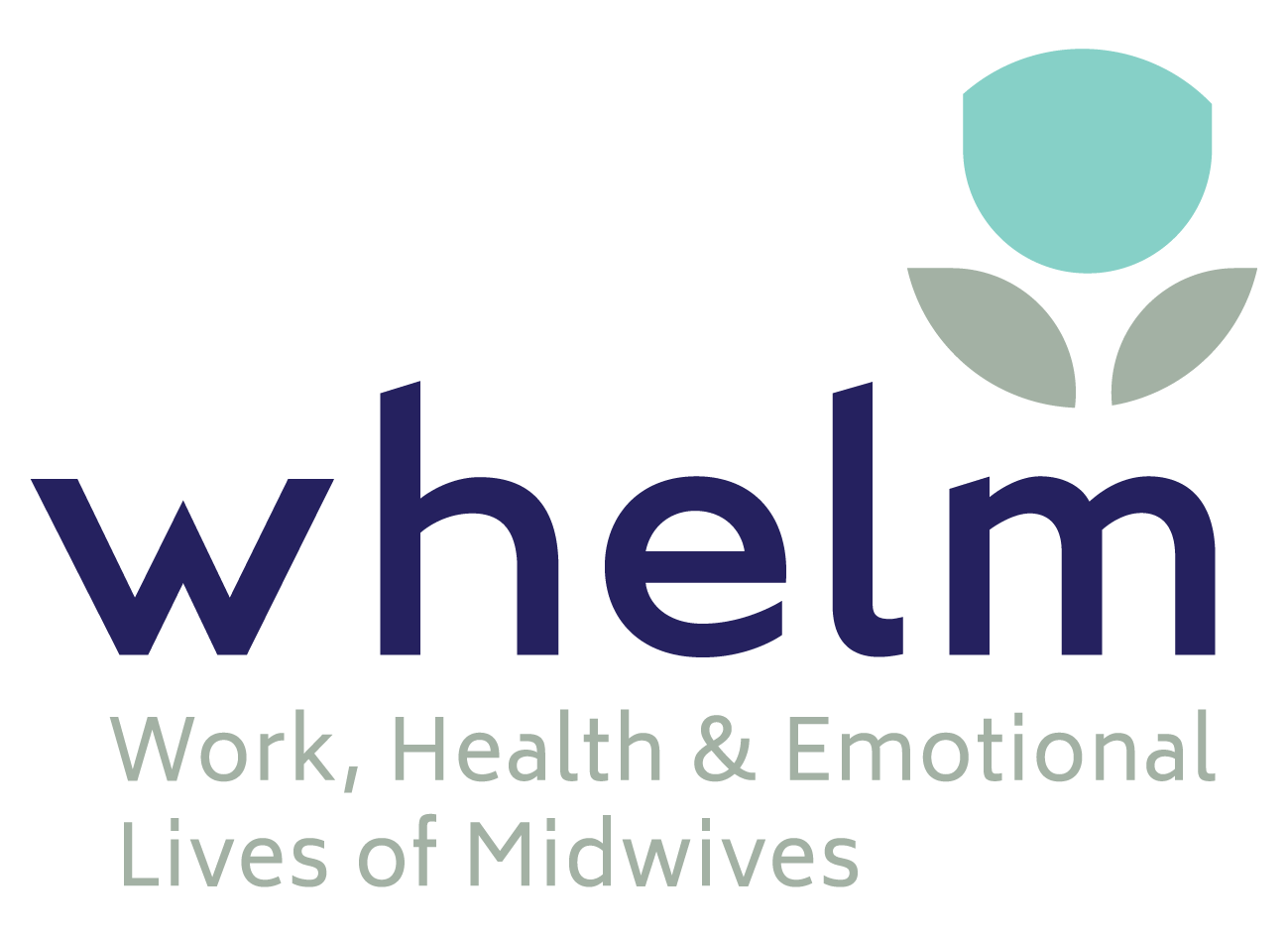In Australia, the standards for education programs leading to registration as a midwife are set by the Australian Nursing and Midwifery Accreditation Council (ANMAC). These are periodically updated to reflect the needs of the community for a flexible, responsive and sustainable midwifery workforce. Last updated in 2014, the Midwife Accreditation Standards are currently under review.
Education for prescribing practice
One of the significant changes under consideration relates to the inclusion of education on prescribing. At present midwives who intend to prescribe medications in their clinical practice must have a minimum of three years of post-registration experience and complete a postgraduate course in prescribing in order to be endorsed with AHPRA as a prescriber. In the new standard, ANMAC is considering shifting education for prescribing into the primary, pre-registration midwifery qualification. While further changes to legislation would be required to facilitate midwives commencing prescribing immediately on registration, the proposed change represents an important necessary first step. If introduced, this would mean that midwives would not need to return to university study at a later date to satisfy this part of the requirement for endorsement.
In other high-income countries such as New Zealand, prescribing education is successfully provided within the primary midwifery degree and immediately on registration midwives have the authority to prescribe medications. This avoids placing a number of significant barriers in the way of midwives being able to include prescribing in their scope of practice. It also provides the advantage that midwives new to prescribing are better supported in healthcare systems that recognise that them as new to practice. This is not the case for midwives new to prescribing in Australia who may be left to “sink or swim” in their prescribing practice with little support. The New Zealand example demonstrates that it is possible to include prescribing education within the primary degree without compromising the quality of midwifery education or undermining the safe care provided by midwives with this educational exposure.
Preparing midwives for a full scope of practice in midwifery continuity of care models
A team from the Trans-Tasman Midwifery Education Consortium recently conducted research which identified future priorities for midwifery education in both Australia and New Zealand (Sidebotham et al., 2020). Among the priorities considered essential for the preparation of the future midwifery workforce was the provision of clinical practice experience within a continuity of midwifery care model. Given clear evidence of the superiority of continuity of midwifery care models, it is imperative that midwifery education prepare students to experience, and develop confidence and competence in providing care in continuity models (Gamble, Sidebotham, Gilkison, Davis, & Sweet, 2020).
In 2010 ANMAC introduced a requirement requiring students to experience continuity of care for twenty women, and in 2014 reduced this to only ten. It is important that ANMAC standards continue to support and promote the expectation that students will develop competence in providing quality care in continuity models.
Also of note is the proposal to remove an existing ANMAC recommendation that all students be provided the opportunity to develop competence in essential, but less often used skills in midwifery practice such as vaginal breech birth, perineal infiltration, episiotomy and repair, through the use of simulation. In order for midwives to provide autonomous care with the scope for practice it is important that midwifery students are taught to assess the perineum following birth and develop skills to suture the perineum. This recommendation should therefore be retained.
How to contribute
Have your say about the future standards governing midwifery education in Australia by submitting a response to ANMAC. Information about the standards and how to submit your response can be found on their website .
Submissions for the current round of consultation close on 13 August, 2020.
References
Gamble, J., Sidebotham, M., Gilkison, A., Davis, D., & Sweet, L. (2020). Acknowledging the primacy of continuity of care experiences in midwifery education. Women & Birth, 33(2), 111-118. doi:10.1016/j.wombi.2019.09.002
Sidebotham, M., McKellar, L., Walters, C., Gilkison, A., Davis, D., & Gamble, J. (2020). Identifying the priorities for midwifery education across Australia and New Zealand: A Delphi study. Women & Birth, in press. doi:10.1016/j.wombi.2020.05.011








